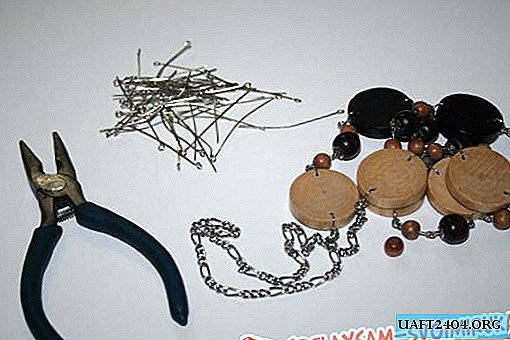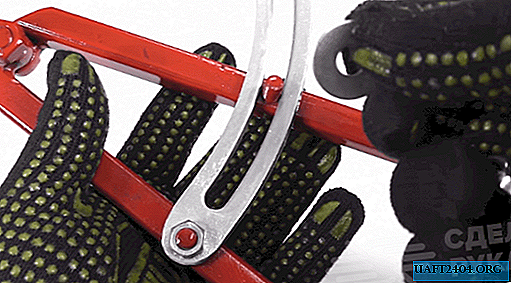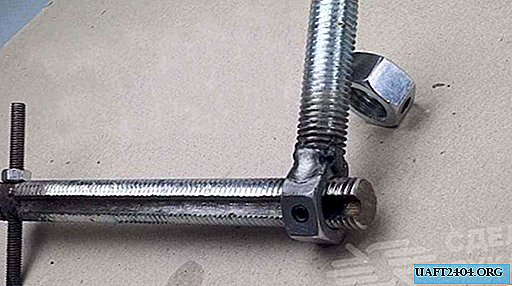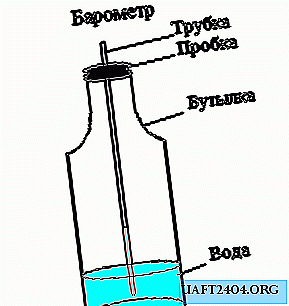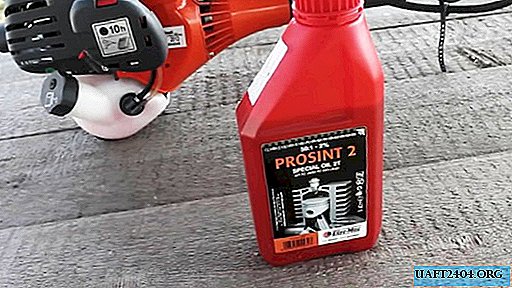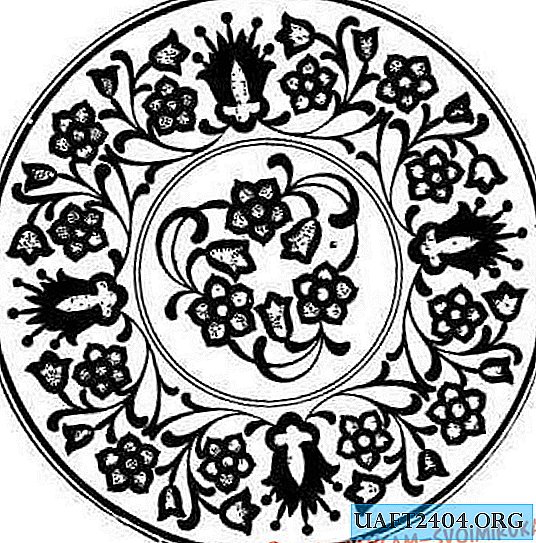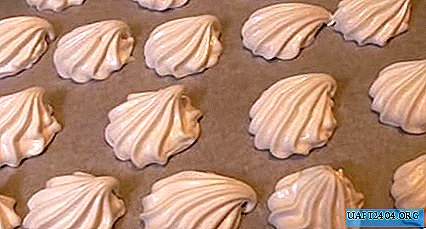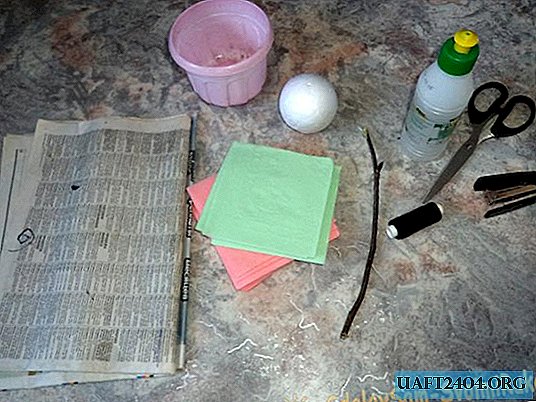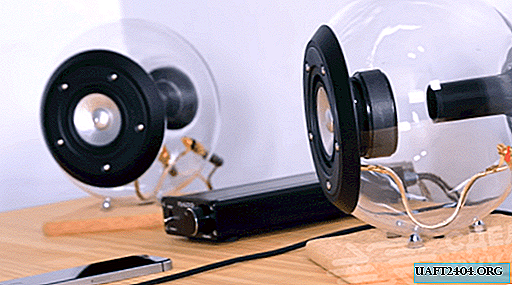Share
Pin
Tweet
Send
Share
Send
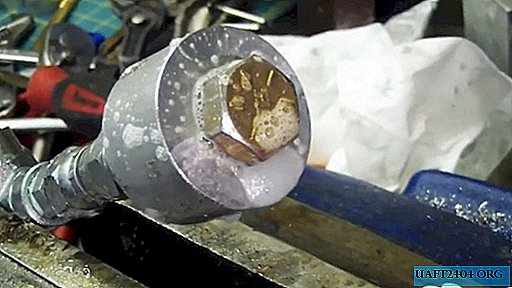
Sometimes it becomes necessary to restore the thread in the hole of the body part, the nut, or even cut it into not too hard metal. When at hand there is a suitable tap with a snap, then it is not difficult to perform these operations. But what if there is no needed tap?
Making a tap from a steel bolt
A bolt without preliminary preparation will not work: rust and, especially, chips, have high abrasive properties and, having no way out, they will smooth the thread and it will finally fail.

Our task is to give the bolt a kind of tap. To do this, we clamp it by the head in a vice and file with a metal to form a cone at the end of the rod, which will ensure a smooth entry into the hole and its alignment relative to the longitudinal axis.

Also, having slightly stepped back from the end of the rod using the edges of a file or disc of a grinder, we perform two or three grooves at an angle to the longitudinal axis of the rod. They are necessary for the reception, accumulation and withdrawal of rust and metal chips formed during the restoration or threading.

Experts recommend making the depth of the grooves approximately 1.5 times the vertical profile of the thread. Now our bolt has acquired the basic forms of a real tap and is completely ready for work.
Let's check our homemade tool in business. We fix the part with a broken internal thread or even just with a hole for the thread in a part made of soft material in a vice.

Carefully insert the tapered part of the tap-bolt shaft into the hole, maximizing the alignment of the tool and the part, and begin to carefully turn the bolt head with a wrench.
The first turns are the most responsible. If you do not feel a full approach or the bolt begins to warp, then it must be unscrewed and started again, removing the generated chips and adding a little more grease.

As soon as a full approach occurs, the bolt can be screwed in more intensively by replacing the open end wrench with a head with a knob. To form a full-fledged thread profile, we twist and unscrew our homemade tap over the entire thread several times.

Turn the self-made tap out completely, form the input chamfer on the edge of the file and check the quality of the cut or restored thread using a standard bolt. By all indications, the thread turned out to be excellent.

How to reliably seal a main thread with copper wire
Typically, small threads are used for these purposes, but it is possible to ensure the tightness of a standard threaded connection if you use a copper wire.
To do this, remove the plastic insulation from the copper core with a stripper and cut off the required length.

We wind the copper wire on the bolt rod directly under its head, making several turns.

Remove the formed copper ring from the bolt and lay it coaxially on the threaded hole.

We screw a bolt into the hole on top of an impromptu copper ring first with the force of one hand, and then tightly tighten with a wrench until it stops.

We check the quality of the thread sealing by securely fixing the part with the bolt and the copper wire seal to the fitting of the high pressure source.

Gradually increase the pressure and bring it to 110 psi or 750 kP, which is approximately equal to 7.5 kg / cm2.

We see that the threaded connection calmly holds this pressure, since the pressure gauge does not fall.
We apply a soap solution to the bolted joint and once again make sure that the joint is tight, since soap bubbles are not visible.

Share
Pin
Tweet
Send
Share
Send

